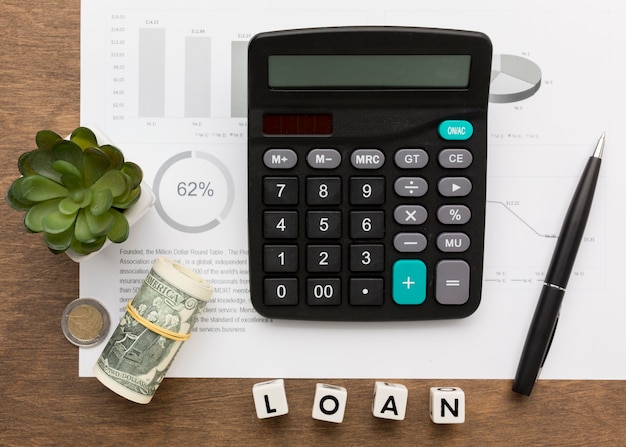Many factors have influenced the increasing growth of consumer loans, but people’s inability to pay for their expenses with their income is the most significant one. Unlike in the past, where indebtedness was often disapproved, borrowing money is perfectly normal nowadays. People take out loans to purchase a home or cover tuition, travel, or renovation expenses.

But besides that, through banks and alternative lenders, the government uses loans to control the country’s economy. Because while loans provide consumers with the opportunity to make durable assets and large expenditures, it enhances economic welfare at the same time.
You might be surprised to know that economic progress has been linked with the enlargement of credit markets. To understand this better, we’ve discussed the important role of consumer loans in the economy below.
What Are Consumer Loans?
There are different types of financing, and defining consumer loans is the first step to better comprehend why and how they play an essential role in the economy. A consumer loan is any loan or line of credit centered specifically on the individual and household consumers. It means that the loan is intended for individual or family purposes.
Consumer loans can take many forms like auto loans, credit cards, student loans, or personal loans. You can use each to finance the purchase of a vehicle, everyday expenses, education, or other personal purposes. Because of consumer loans, many people can finance their lives in different ways.
The Relationship of Consumer Loans and the Economy
Due to a persistent shortage of money, consumers turn to loans to fulfill their personal and basic needs. It’s no wonder why the amount owed by consumers is increasing based on statistics. In the U.S. alone, debts incurred by consumers to fund household consumption have soared by $87 billion as of the third quarter of 2020.
It should be noted that rapidly rising debt occurs not only in the U.S. but also in many developing countries. Because as income inequality and trade deficit continues to grow, so is the debt level to prevent economic slowdown and rise in unemployment.
Moreover, Gross Domestic Product (GDP) is used as an indicator of economic output, and one of its components is consumer spending. Thus, more spending by consumers directly leads to an increase in GDP. That’s why consumer loans significantly contribute to economic growth as it allows people to purchase beyond their cash incomes.
The Role of Consumer Loans in the Economy
The connection between consumer loans and economic growth is evident. But to understand it further, take a look at the specific roles of consumer loans and why the government uses them to control the country’s economy.
Loans as Economic Stabilizer
In every country, the government takes the initiative to help the economy achieve its goals for growth, full employment, and price stability. In the U.S., one of the approaches that the government used to influence economic activity is monetary policy. Through the Federal Reserve System, it uses its power to regulate the money, supply, and level of interest rates.
When inflation occurs, the prices of goods and services will increase, resulting in a decrease in consumer’s purchasing power. To control such situations, the government raises interest rates and decreases the money supply. Since money is tighter, the demand for goods and services will go down along with the prices.
Deflation is the opposite and often signals an impending recession. To counter a recession, the government reduces interest rates and increases the money supply. Because it’s cheaper to borrow money, consumers take more loans and purchase more goods and services.
In both ways, loans play a significant role in stabilizing the economy and fight the threat of recession. But the effects of loans do more than that. In the following, we’ve highlighted the implications of loans in the economy as investment debt and consumer debt.
Loans as Consumer Debt
Consumer debt comprises loans that are used to fund personal or household consumption. Although it can’t grow money from debt, it plays a relatively significant role in promoting better economic performance.
Because households often rely on loans to smooth their consumption expenditure, the GDP continues to rise and gives way to more lending opportunities. Eventually, these consumption expenditures are piled up with investment and government spending that will lead to further economic growth.
Loans as Investment Debt
As consumers borrow more money and spend more, the companies have to increase their production to supply the demand. When they are not able to fund such operations, they will opt for loans to sustain their business. Thus, yields investment debt that will result in the production of their goods and services, which in turn contribute to the economy.
Takeaway
Loans are essential to help finance the needs and goals of consumers. And on top of that, it enables the economy to grow and benefits every individual in return. Because of economic growth, consumers would be able to improve the standards of living.
